25 Wild Animals in Sweden [Wildlife in Sweden]
Want to know more about the wildlife in Sweden?
Discover 25 wild animals in Sweden in this post, as well as interesting facts about them. 🇸🇪
Learn All About Swedish Animals
Ready to learn all about Swedish animals?
I’ve always been fascinated by animals, and by how they can be so different from one country to another. In this guide, we’ll focus on the many animals Sweden has on the land, in the sky, and underwater.
I’ve split the guide into 5 categories:
- Native animals from Sweden
- Endangered animals of Sweden
- What is the national animal of Sweden?
- How many animals native to Sweden?
- What is the most common animal in Sweden?
Let’s dive in right away with our first category!
Native Animals from Sweden
Sweden is a European country located in the northern part of the continent, in Scandinavia. It is the fifth-largest country in Europe and the third-largest one in the European Union, has the largest population of the Nordic countries with 10.4 million, is a monarchy, and has a lot of different environments and climates. It is bordered by Finland, Norway, and Denmark, and its capital and largest city is Stockholm, which counts more than 978,000 inhabitants (but more than 2,415,000 if you include the metropolitan area).
An interesting part of the country that I wanted to tackle is its wildlife. In light of that, I have listed the best of it, and I hope you will love learning what animals live in Sweden.
Here’s the Sweden animals list.
1. Reindeer

- Name: Reindeer
- Scientific name: Rangifer tarandus
- Conservation status:
The reindeer, also known as the caribou in North America, is a species of deer found in the northernmost parts of the globe, from northern Alaska and Canada to Siberia and northern Scandinavia.
In Sweden as well as in other Scandinavian countries, reindeer husbandry is pretty common. However, reindeer ownership is only allowed to the Sámi people. The reindeer has always been an important symbol in Sweden, being featured on heraldry and other coats of arms.
2. Eurasian lynx
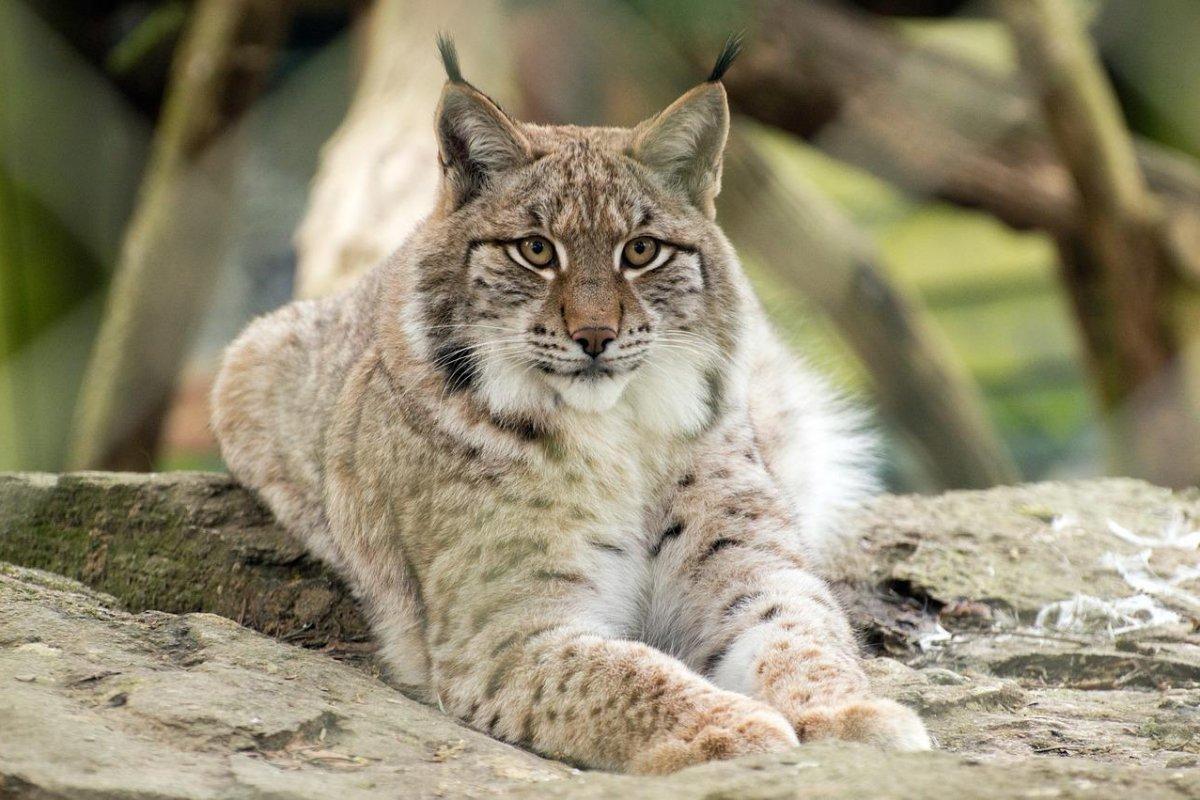
- Name: Eurasian lynx
- Scientific name: Lynx lynx
- Conservation status:
The Eurasian lynx is a medium-sized species of wild cat native to northern, central, and eastern Europe, as far as the Himalayas, Siberia, and the Tibetan Plateau. It hides in the heights of the mountains, at elevations of up to 5,500 m / 18,000 ft. Although considered of least concern, it suffers from habitat fragmentation and loss, as well as depletion of prey and poaching.
The hunting of the Eurasian lynx is controlled in Sweden, and there are about 1,250 individuals in the country.
3. Harbor seal
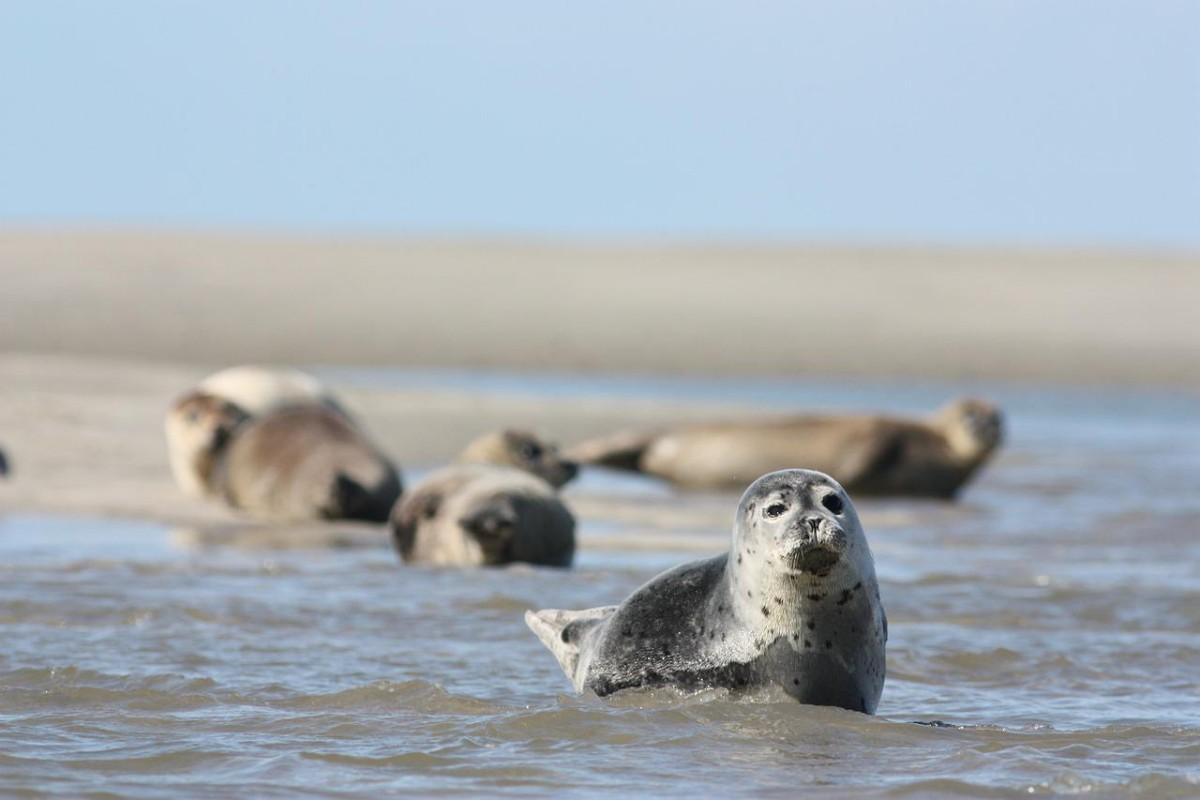
- Name: Harbor seal
- Scientific name: Phoca vitulina
- Conservation status:
The harbor seal, also known as the common seal, is a species of seal native to temperate and Arctic coastlines of the Northern Hemisphere. In Sweden, it lives in the southern and western parts of the country.
This seal is the most widely distributed species of pinniped (which includes walruses and seals) and can weigh as much as 168 kg / 370 lb. This species is nowhere near extinction, with up to 500,000 individuals on the planet.
4. Harbor porpoise
- Name: Harbor porpoise
- Scientific name: Phocoena phocoena
- Conservation status:
The harbor porpoise is the only species of whale breeding in Swedish waters. It is one of the smallest species of cetacean, and it always stays near river estuaries or coastal areas, making it the most familiar porpoise to whale watchers. While listed as vulnerable to extinction in Europe, its global assessment is “Least concern”.
This porpoise has been hunted since prehistoric times in Sweden, especially by the Alby People on the eastern coast of Öland.
5. European rabbit
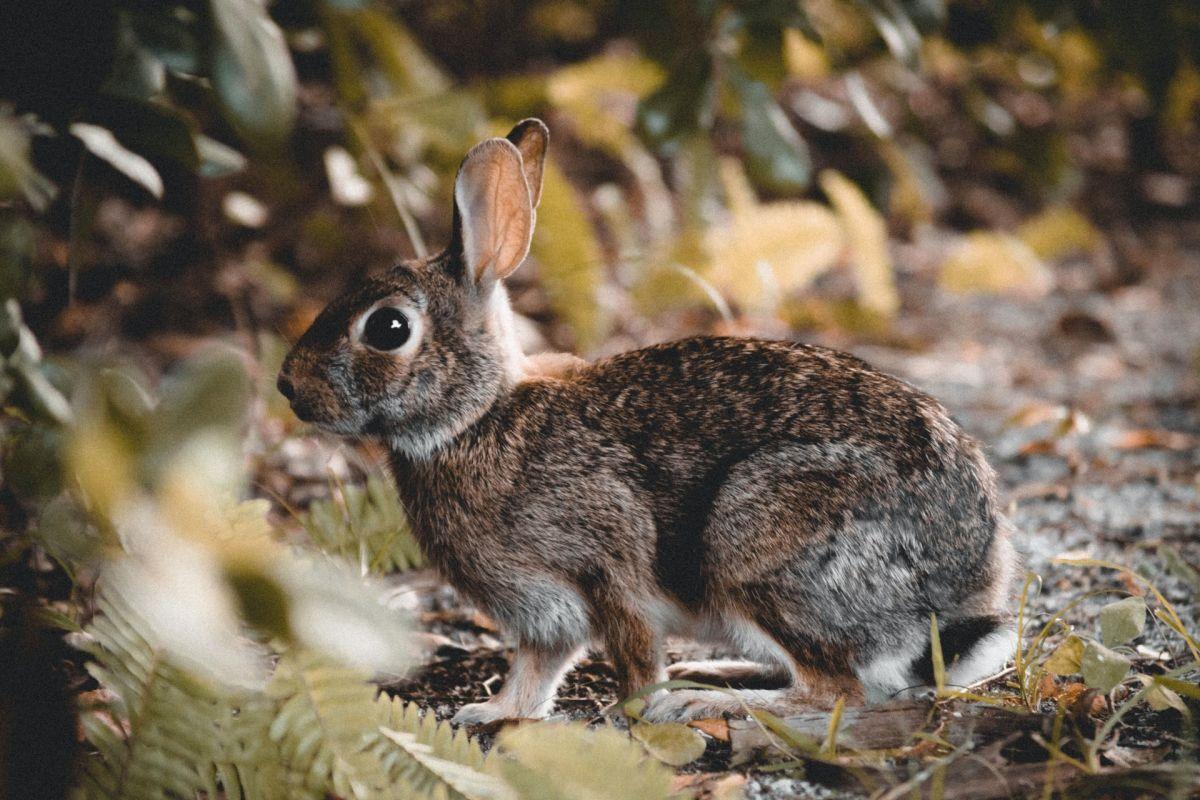
- Name: European rabbit
- Scientific name: Oryctolagus cuniculus
- Conservation status:
The European rabbit, also known as the coney, is a species of rabbit native to western France, the Iberian Peninsula, and northwestern Africa, and introduced to many other parts of Europe, including Sweden.
This rabbit has often had devastating effects on the local environment to which it had been introduced. It is massively on the decline, being threatened by predation (by lynxes and eagles for instance), disease outbreaks, overhunting, and habitat loss.
6. Arctic fox
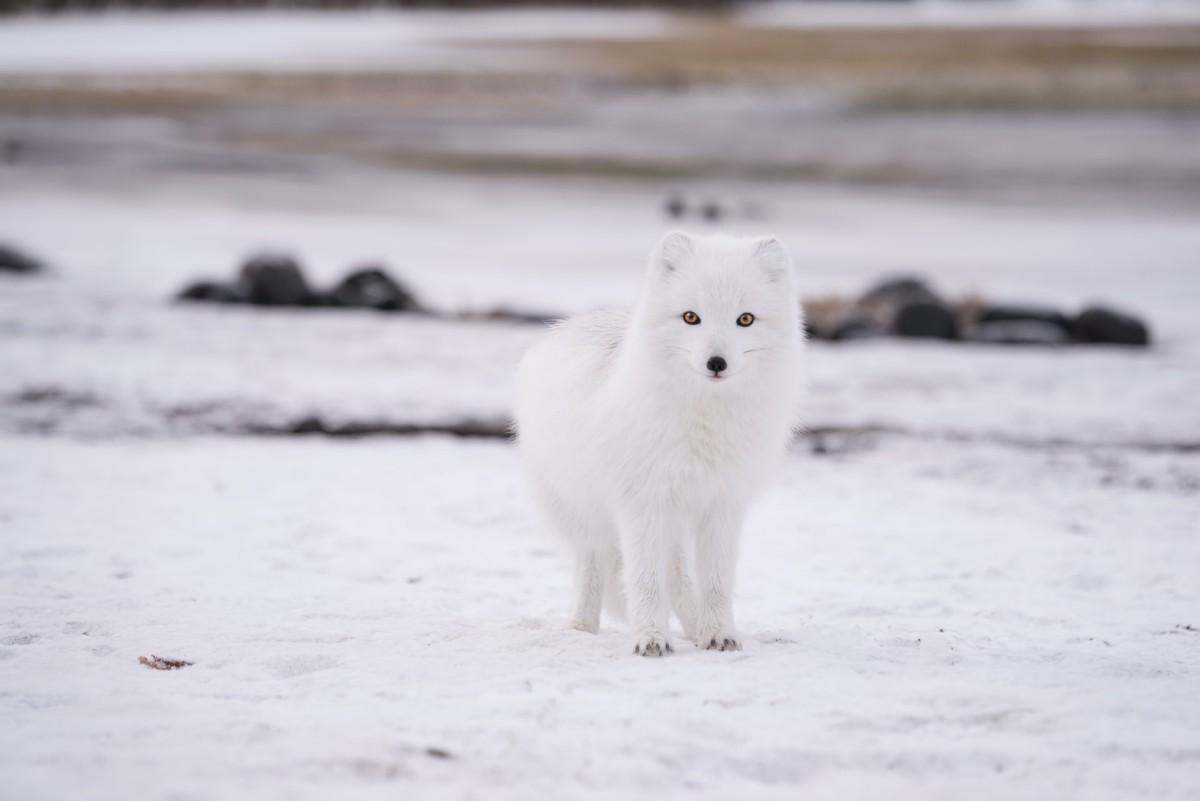
- Name: Arctic fox
- Scientific name: Vulpes lagopus
- Conservation status:
The Arctic fox, also known as the polar fox, the white fox, or the snow fox, is a small species of fox native to the Arctic regions of the Northern Hemisphere. It is perfectly adapted to living in extremely cold environments, thanks to its very thick, warm, and white fur, making it completely invisible in vast, snowy lands.
There are very few Arctic foxes in Sweden; in fact, there are only fewer than 200 adult individuals in Sweden, Norway, and Finland combined!
7. Eurasian otter
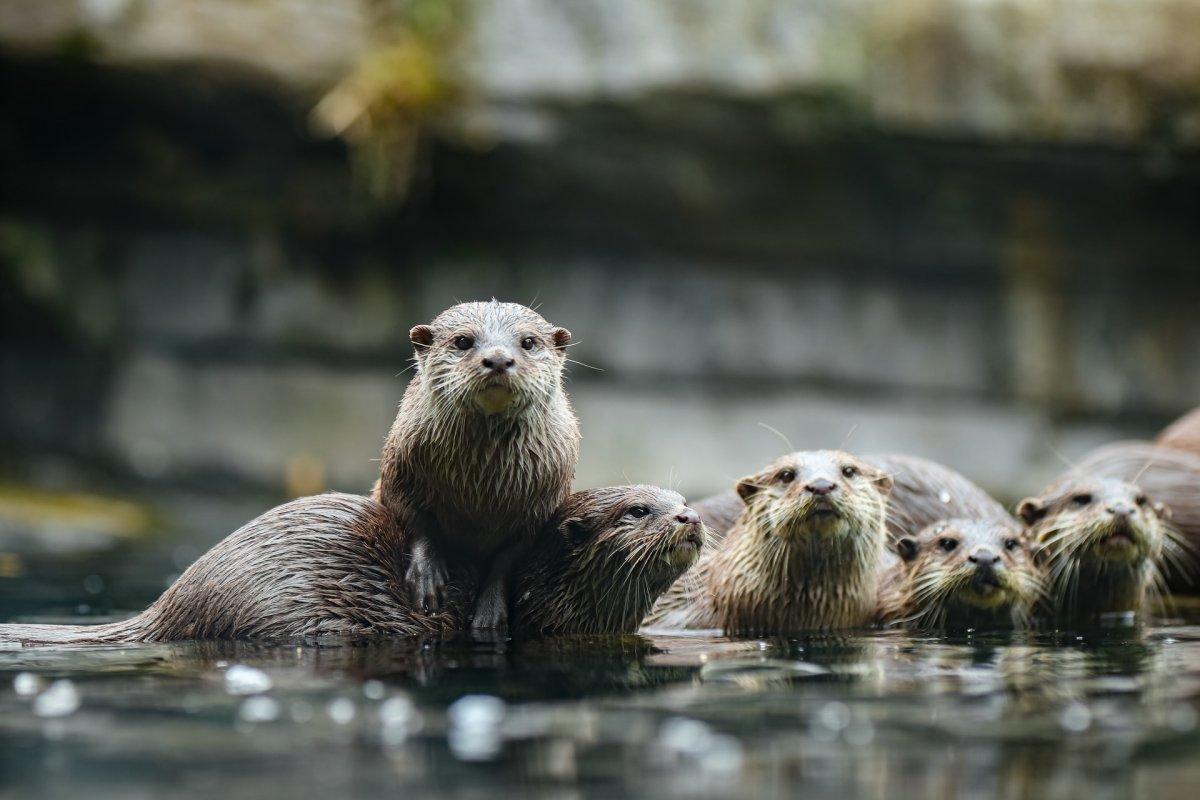
- Name: Eurasian otter
- Scientific name: Lutra lutra
- Conservation status:
The Eurasian otter, also known as the European otter, the river otter, the Old World otter, or the common otter, is a species of semi-aquatic mammal native to much of Eurasia. It can be found all across Sweden and lives near freshwater waterways.
This mammal almost exclusively feeds on fish and is a fierce defender of its territory. It is the most widely distributed species of otter, and it is mostly solitary.
8. Wolverine
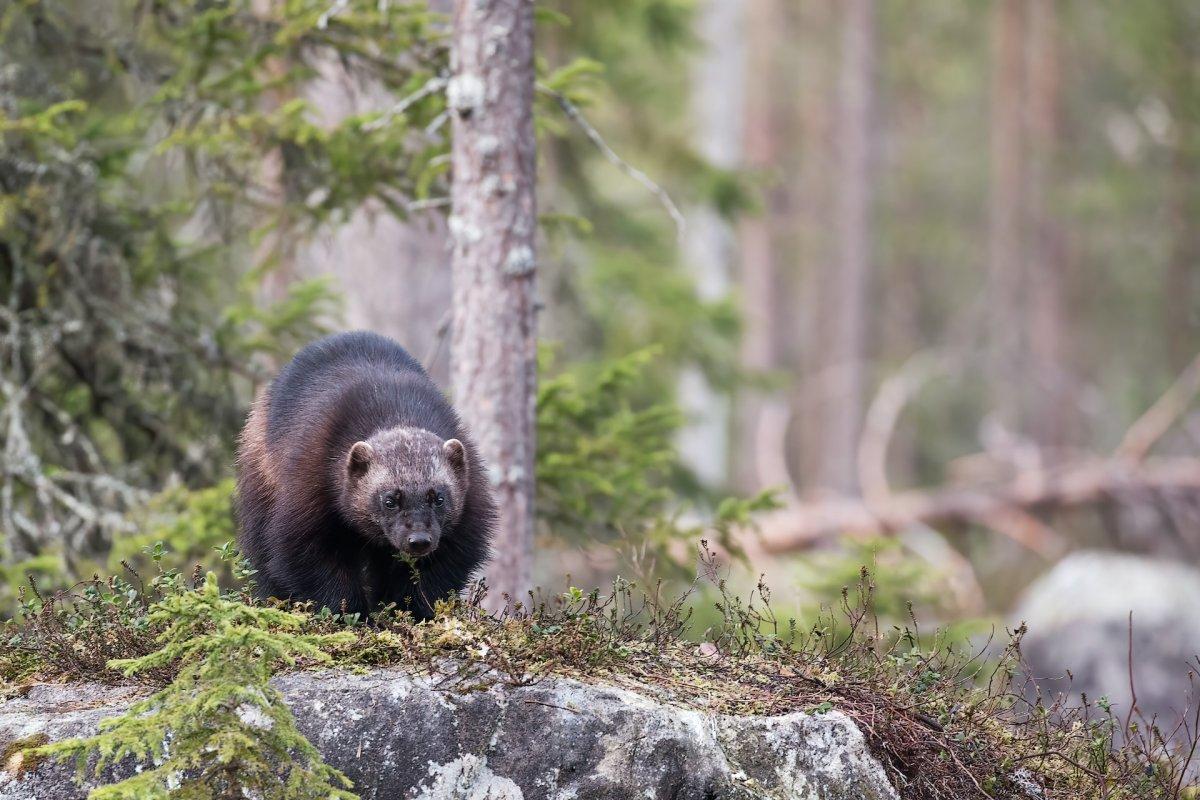
- Name: Wolverine
- Scientific name: Gulo gulo
- Conservation status:
The wolverine, also known as the glutton, the quickhatch, or the carcajou, is the largest terrestrial species of mustelid. It is solitary, muscular, and extremely strong despite its small size; in fact, it is so ferocious that it can take down elks, and even lynxes! However, it is primarily a scavenger.
This mammal lives in the northern parts of Sweden, and there are a couple hundred of them in the country.
9. Eurasian beaver
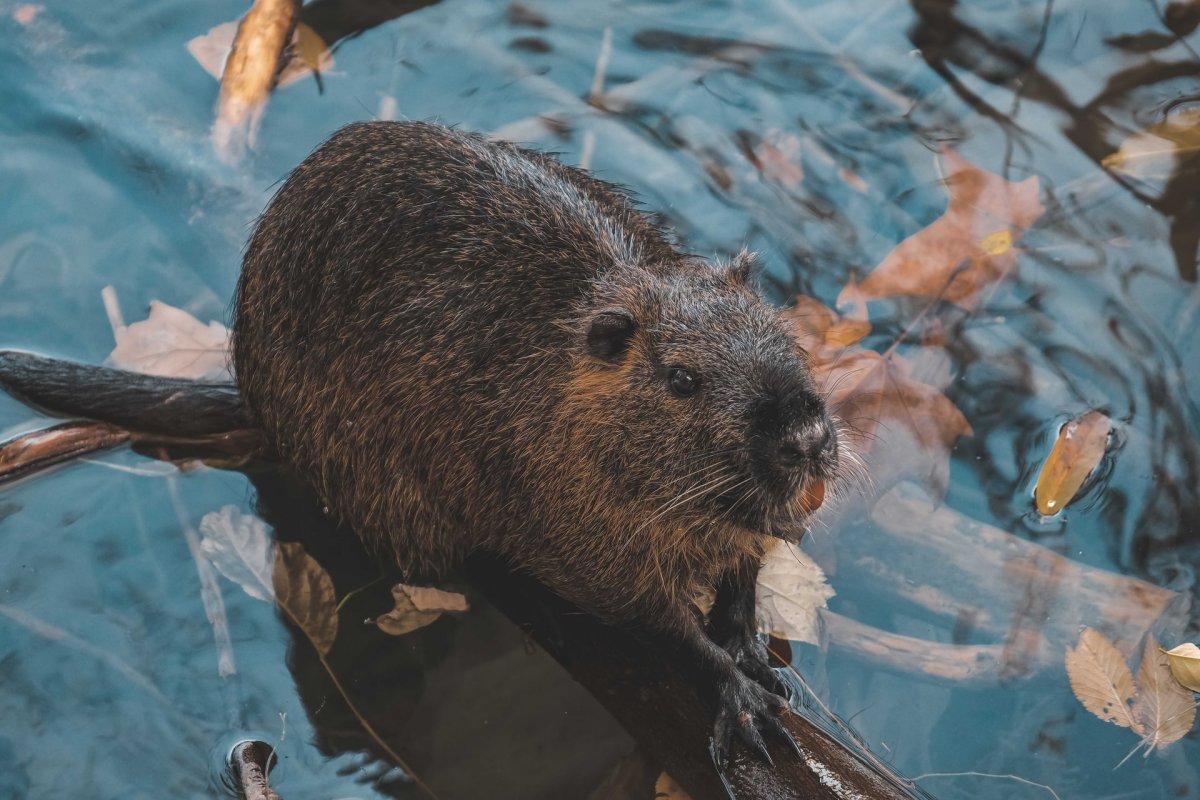
- Name: Eurasian beaver
- Scientific name: Castor fiber
- Conservation status:
The Eurasian beaver, also known as the European beaver, is a species of beaver native to much of Europe and into western and central Asia. After having been hunted to near extinction, it has now recovered from its losses and can be found in most of its former range.
In Sweden, the Eurasian beaver had been hunted to complete extinction by 1870, but more and more individuals have been introduced to the country over the decades, and they now live around rivers in hilly to mountainous areas.
10. Ringed seal
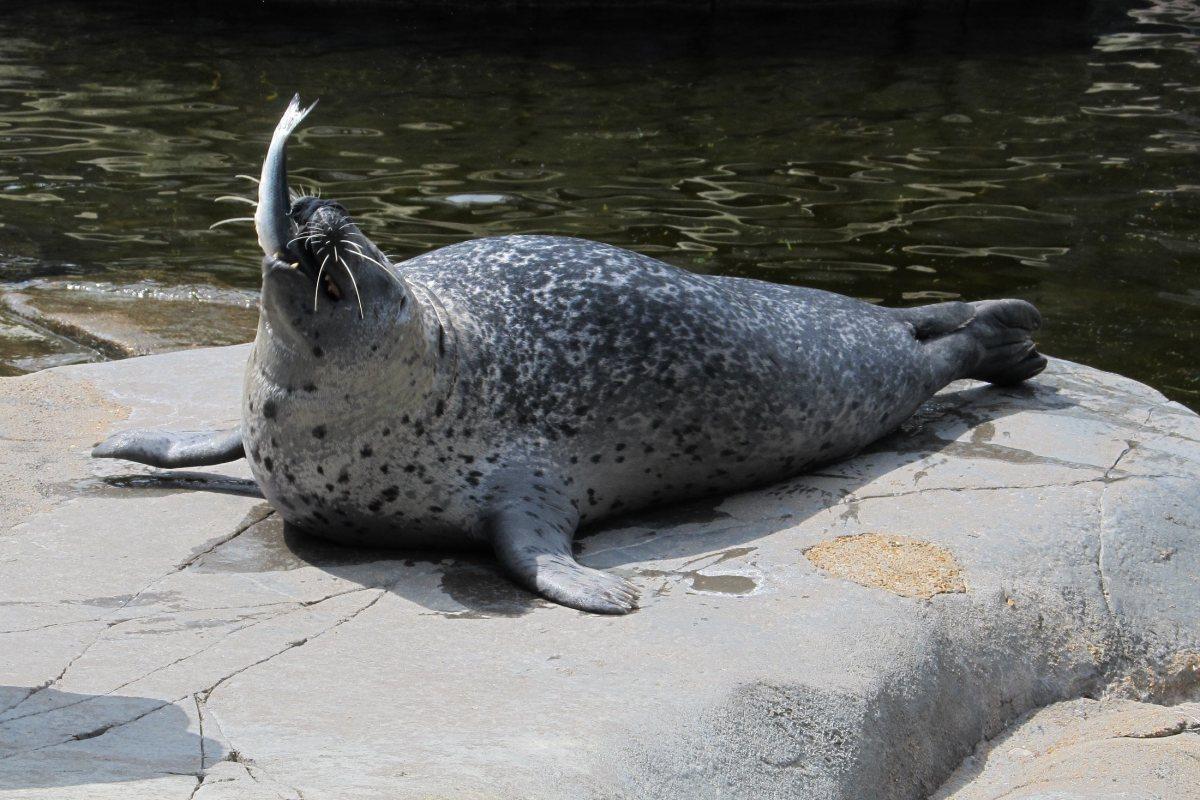
- Name: Ringed seal
- Scientific name: Pusa hispida
- Conservation status:
The ringed seal is a species of seal native to the sub-Arctic and the Arctic regions of the planet. It is fairly small and is the most abundant species of seal in the Northern Hemisphere. It is one of the main prey of the polar bear and the killer whale, and also plays an important role in feeding the Arctic peoples.
Considered of least concern, this seal might thrive thanks to global warming, because of the projected extinction of its predators.
11. Brown bear
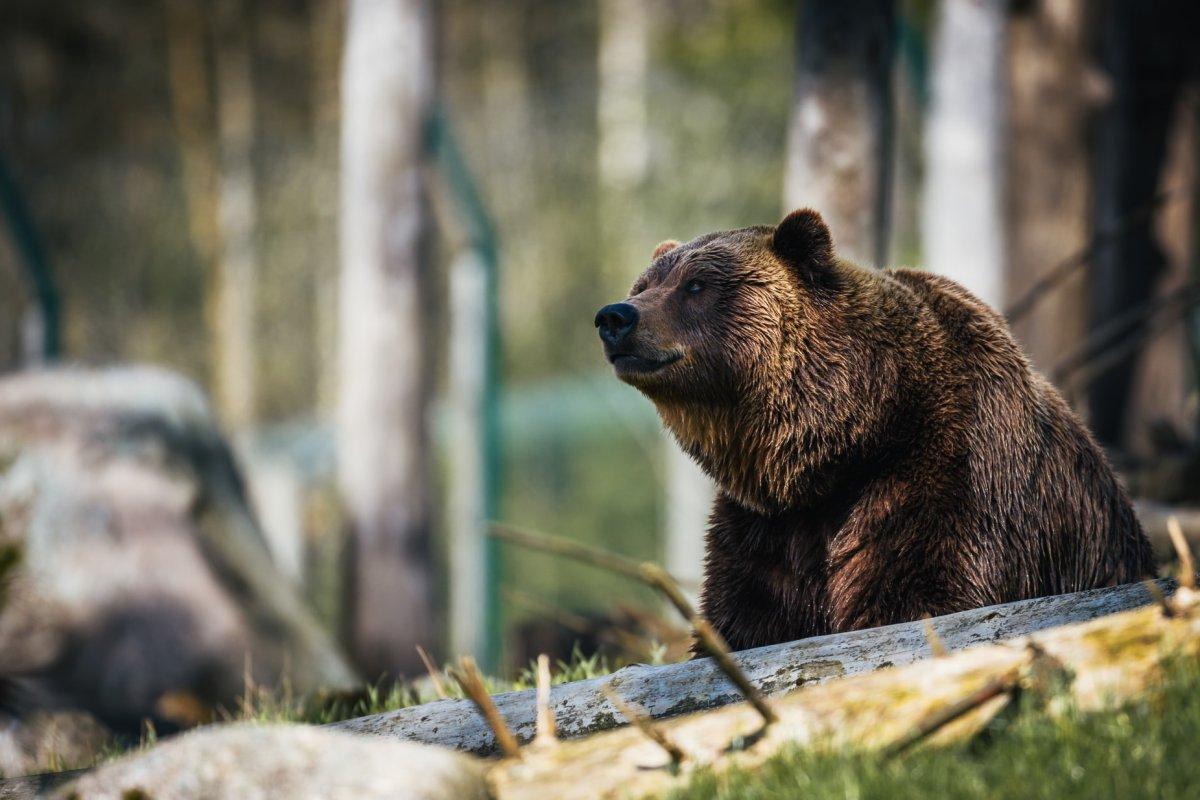
- Name: Brown bear
- Scientific name: Ursus arctos
- Conservation status:
The brown bear is one of the largest species of bears in the world, only rivaled by its close relative, the polar bear, which cannot be found in Sweden. It is also one of the largest carnivores in the world and has a wide distribution range throughout much of the Northern Hemisphere.
This bear is one of the most adaptable and omnivorous animals on the planet, being particularly curious and feeding on almost anything it can.
12. European hare
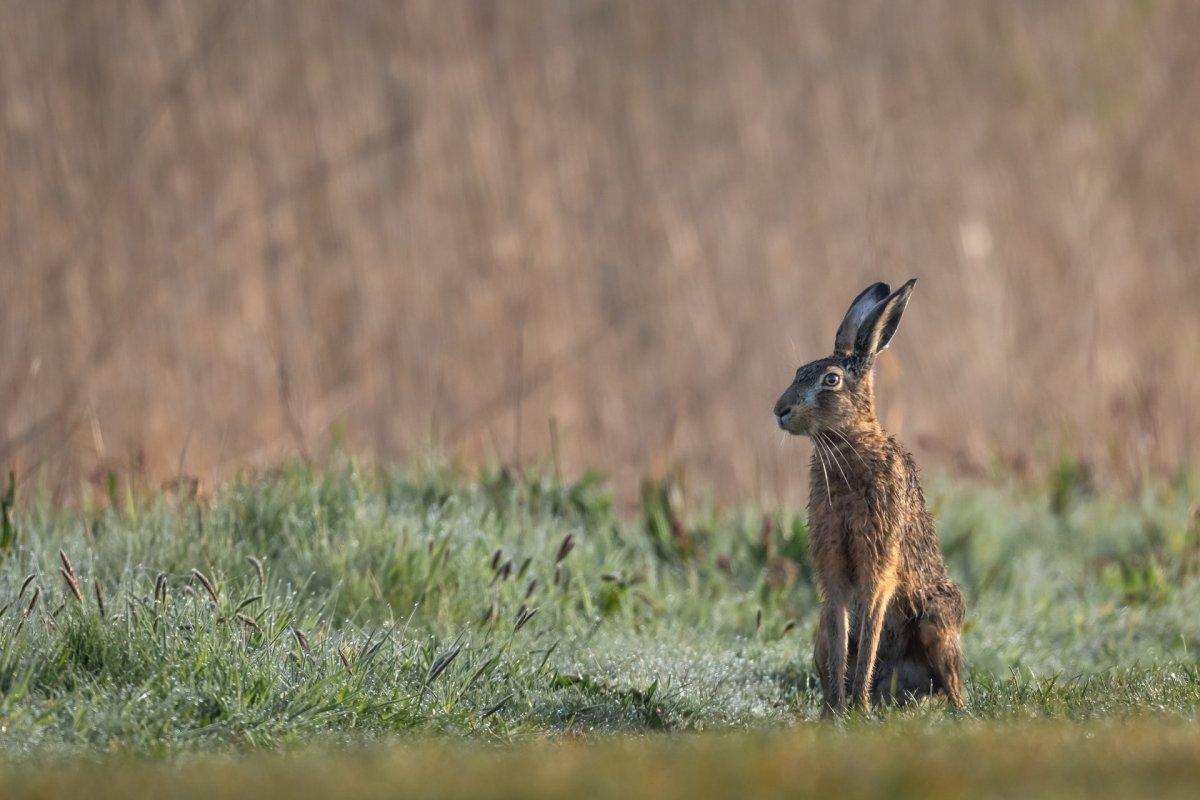
- Name: European hare
- Scientific name: Lepus europaeus
- Conservation status:
The European hare, also known as the brown hare, is a species of hare native to Europe and some areas of Asia. It has been introduced to Sweden and is one of the largest hare species. Thriving in a temperate, open country, it is a herbivorous animal that feeds on grasses and herbs, as well as field crops, bark, buds, and twigs.
The female European hare nests in a depression on the surface of the ground and not in a burrow, and younglings are active as soon as they are born.
13. Red squirrel
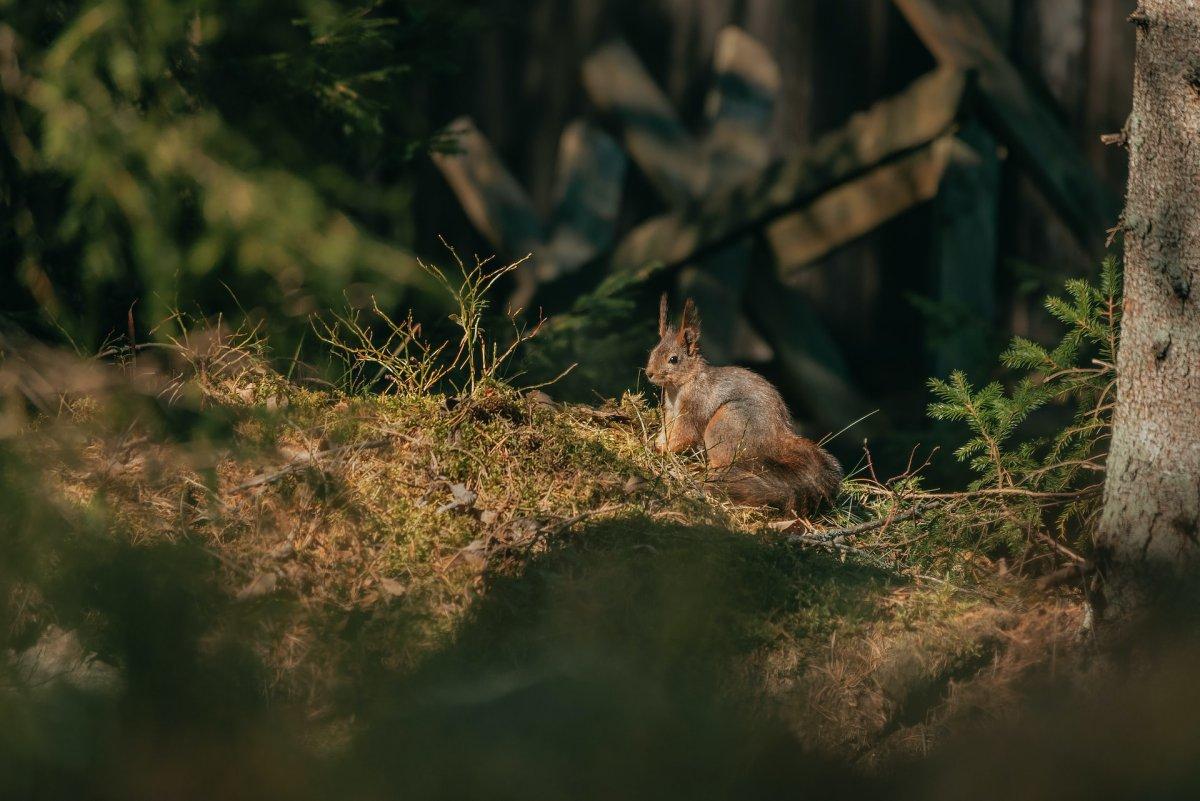
- Name: Red squirrel
- Scientific name: Sciurus vulgaris
- Conservation status:
The red squirrel is a species of tree squirrel native to Europe and Asia, where it is very common. It is herbivorous and arboreal and feeds on seeds and nuts. It is known for hiding excess food in caches, usually buried or in holes in trees.
In Sweden, “Ekorren”, which means “The Squirrel”, is a well-known and appreciated children’s song which was composed in 1892. The squirrel is common in Sweden and was even part of Norse mythology.
14. Common raccoon dog
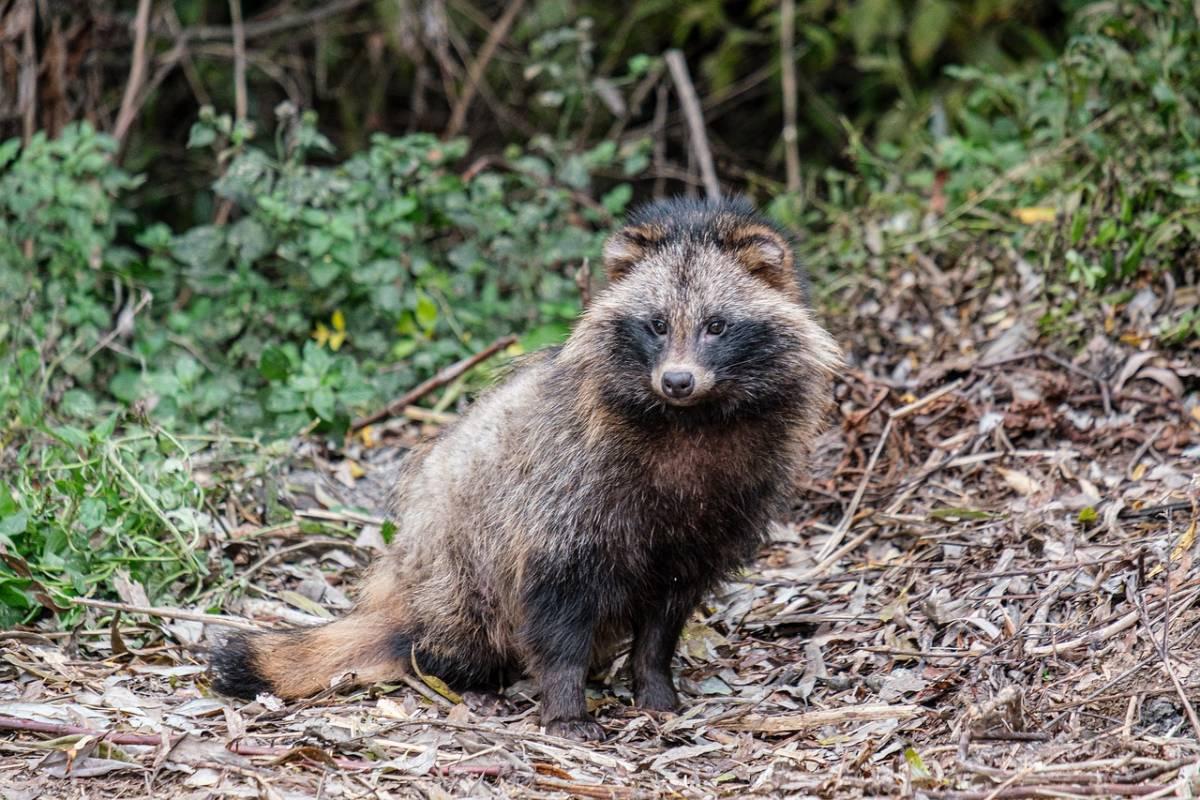
- Name: Common raccoon dog
- Scientific name: Nyctereutes procyonoides
- Conservation status:
The common raccoon dog, also known as the Asian raccoon dog, the Chinese raccoon dog, or simply the raccoon dog, is a species of canid native to eastern Asia and introduced to much of Europe because of the fur trade.
It is now abundant in Sweden, as well as other northern countries such as Norway and Denmark. In the country, it is known as “mårdhund”, which means “marten dog”, and it is considered one of the most invasive species in Europe.
15. Common blackbird
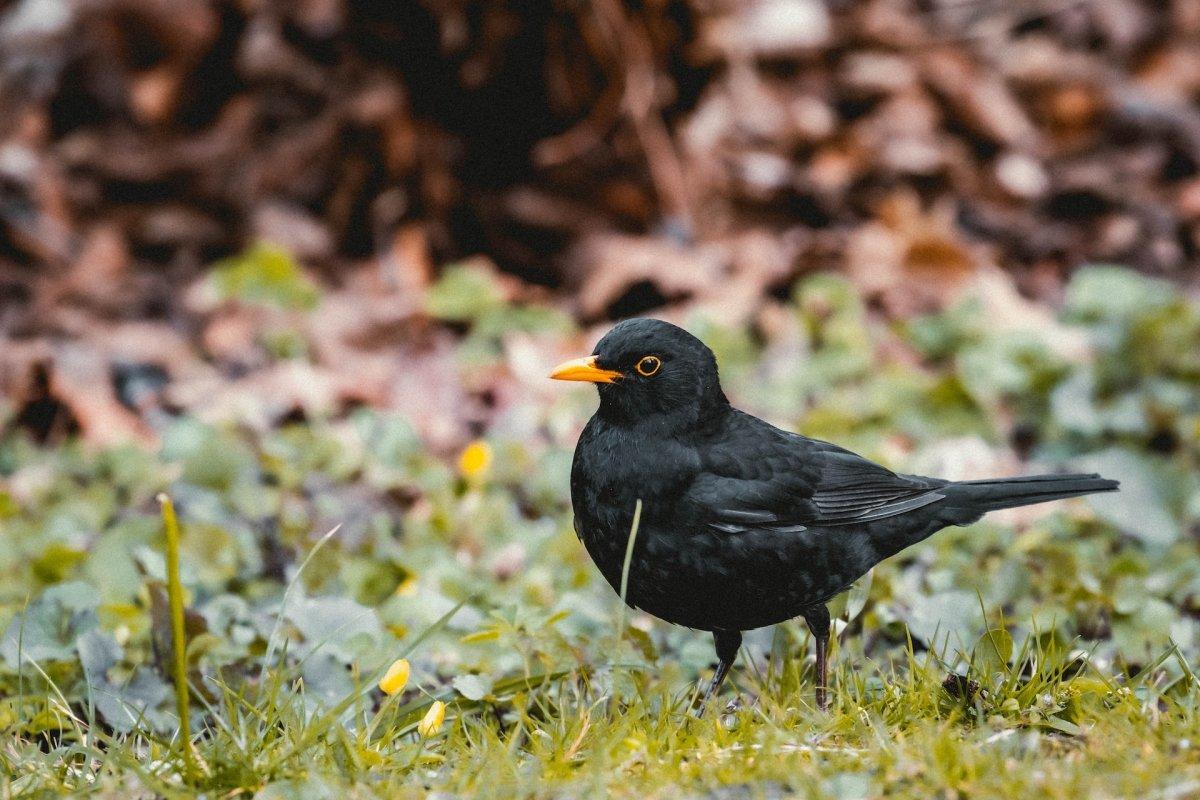
- Name: Common blackbird
- Scientific name: Turdus merula
- Conservation status:
The common blackbird, also known as the Eurasian blackbird or simply the blackbird, is the national bird of Sweden. It is native to Europe, Russia, and North Africa, and has been introduced to Australia and New Zealand.
This bird is very common in the woodlands of Sweden, usually around deciduous trees with dense undergrowth. It can be found at elevations of up to 1,000 m / 3,300 ft in Europe.
16. Common crane
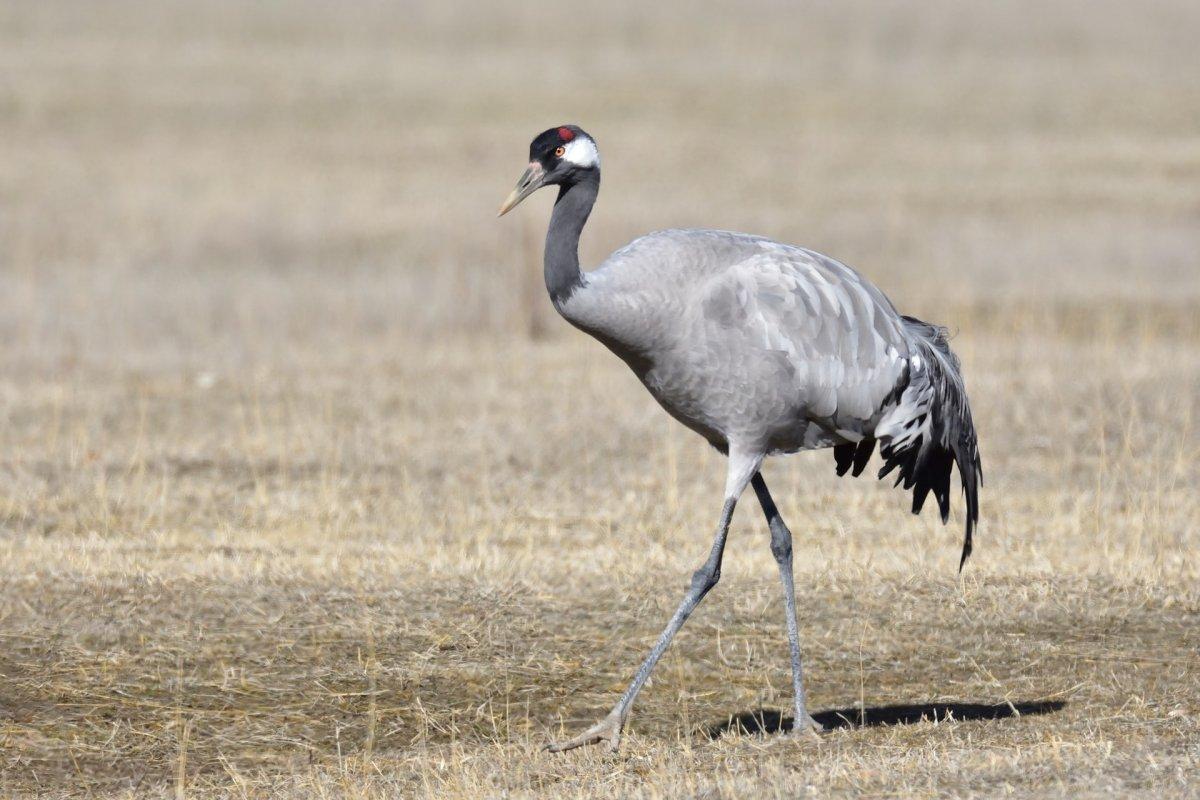
- Name: Common crane
- Scientific name: Grus grus
- Conservation status:
The common crane, also known as the Eurasian crane, is a graceful species of bird native to much of Eurasia. It is migratory and spends the winter in much warmer areas such as the Indian subcontinent, northeastern Africa, the Arabian Peninsula, and eastern Asia.
Sweden has one of the largest breeding populations, alongside Finland. However, the main breeding population worldwide is located in Russia, where up to 100,000 individuals live.
17. Razorbill
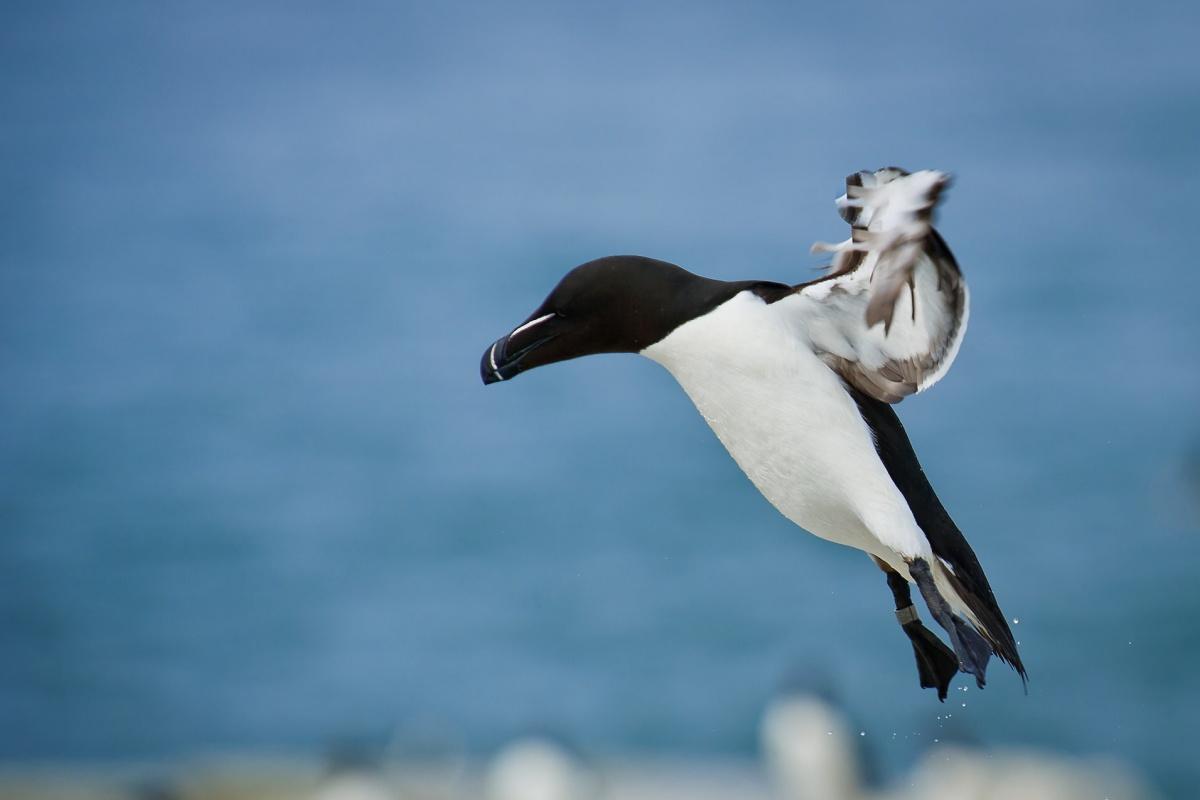
- Name: Razorbill
- Scientific name: Alca torda
- Conservation status:
The razorbill, also known as the lesser auk or the razor-billed auk, is a species of seabird native to the coastlines of the Atlantic, mainly around eastern North America, Greenland, and across western and northern Europe.
It is listed as near threatened with extinction and faces multitudes of threats, such as oil spills, destruction of breeding sites, and deterioration of food quality. However, there are still more than 1 million individuals around the world.
18. Gray wolf
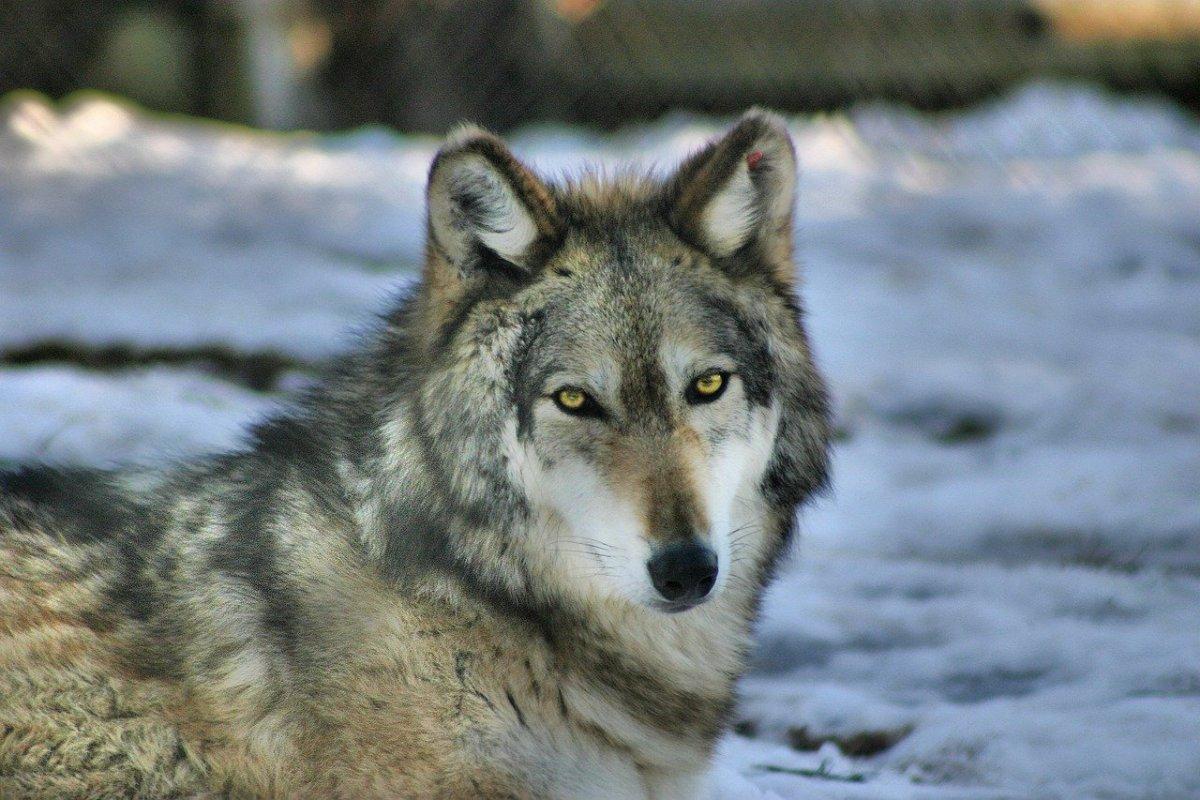
- Name: Gray wolf
- Scientific name: Canis lupus
- Conservation status:
The gray wolf is a large species of canine native to much of the Northern Hemisphere, namely Eurasia and North America. It has had one of the longest histories of interaction with humans, being either despised or feared and featured in multitudes of tales, stories, and mythologies.
It is a pack hunter that mostly feeds on hoofed mammals such as reindeer and other deer. It specializes in hunting the vulnerable individuals of the herd, usually sick, young, or old members.
19. Long-finned pilot whale
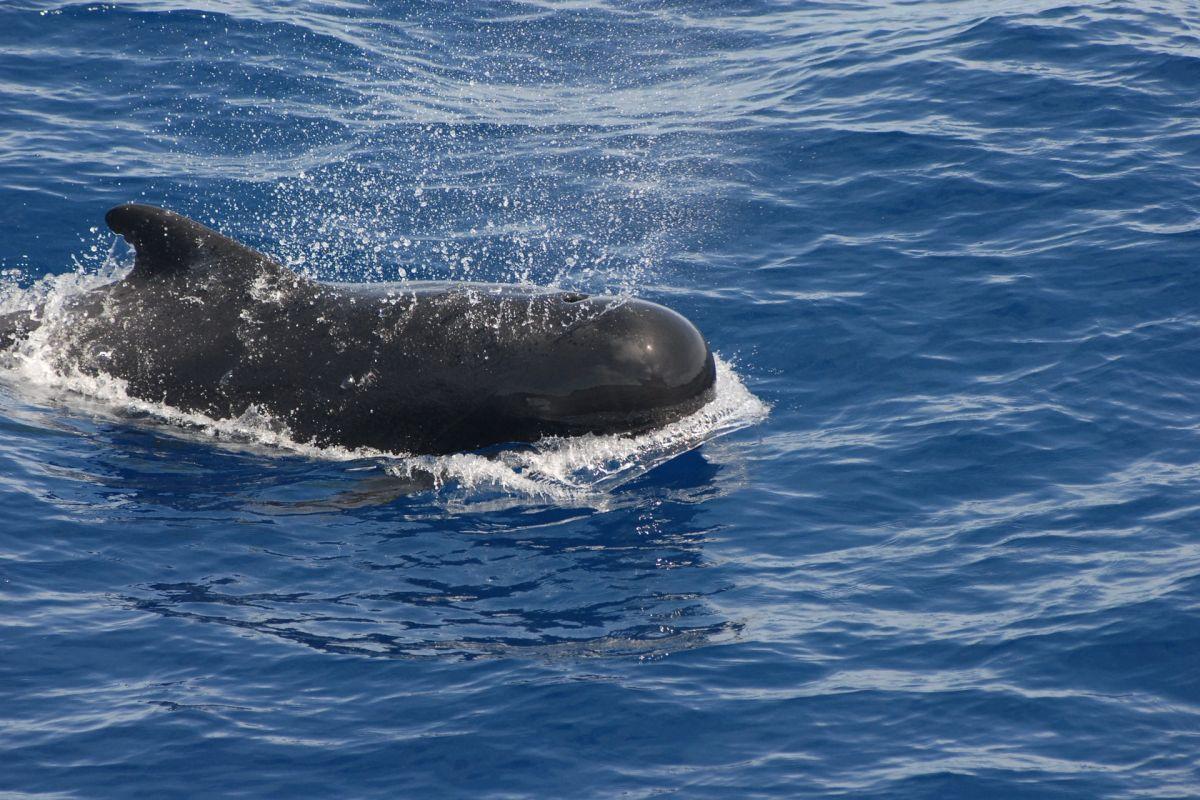
- Name: Long-finned pilot whale
- Scientific name: Globicephala melas
- Conservation status:
The long-finned pilot whale is a large species of oceanic dolphin native to the southernmost parts of the globe, but also the northern half of the Atlantic Ocean, and into the Baltic Sea and Sweden.
Its name comes from its unusually long fins. The long-finned pilot whale is a very social animal living in groups of several individuals to… up to more than 1,000! These groups also socialize with other species such as the common bottlenose dolphin and feed primarily on cephalopods.
20. European badger
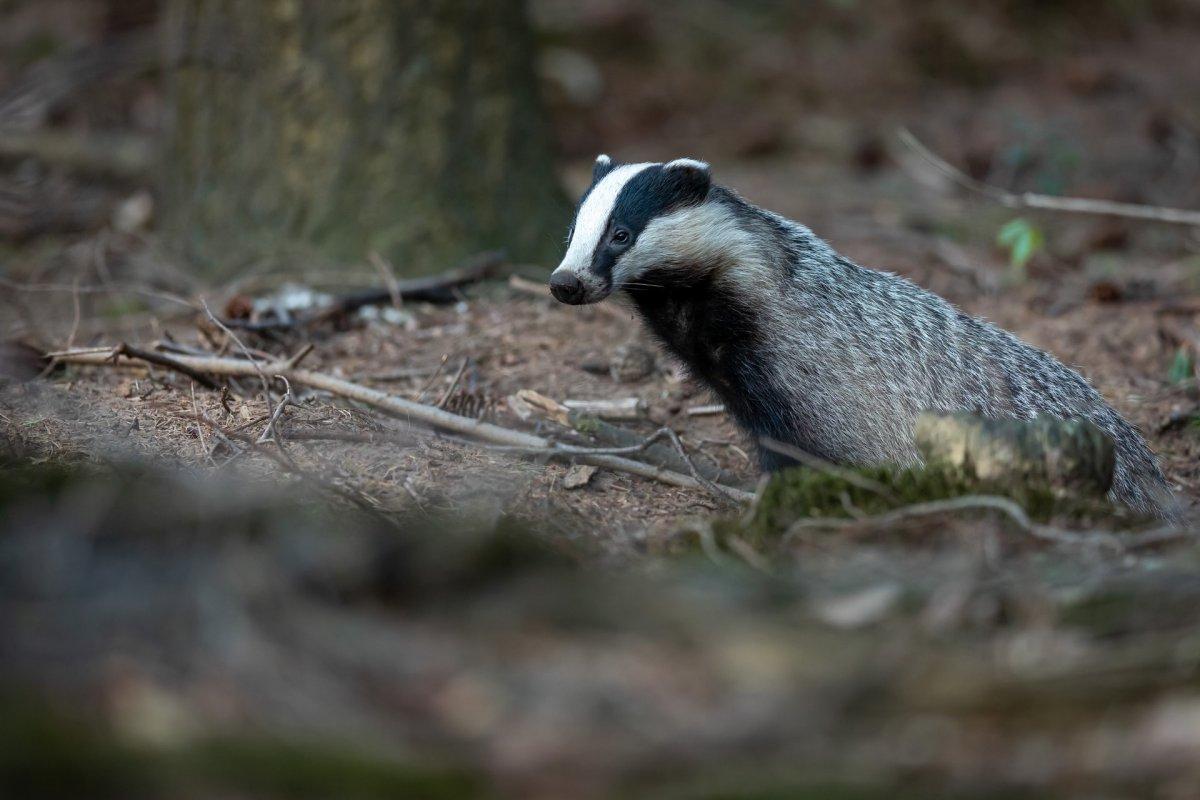
- Name: European badger
- Scientific name: Meles meles
- Conservation status:
The European badger is a species of mustelid native to almost all of Europe. It is very common and widespread within its range, which is why it is listed as least concern. Although officially considered a carnivore, it is in fact much more omnivorous, feeding on small mammals, tubers, cereals, and even carrion.
This mammal inhabits the deciduous and mixed woodlands, spinneys, pastureland, and shrubland of Sweden, at elevations of up to 2,000 m / 6,600 ft.
21. European pine marten
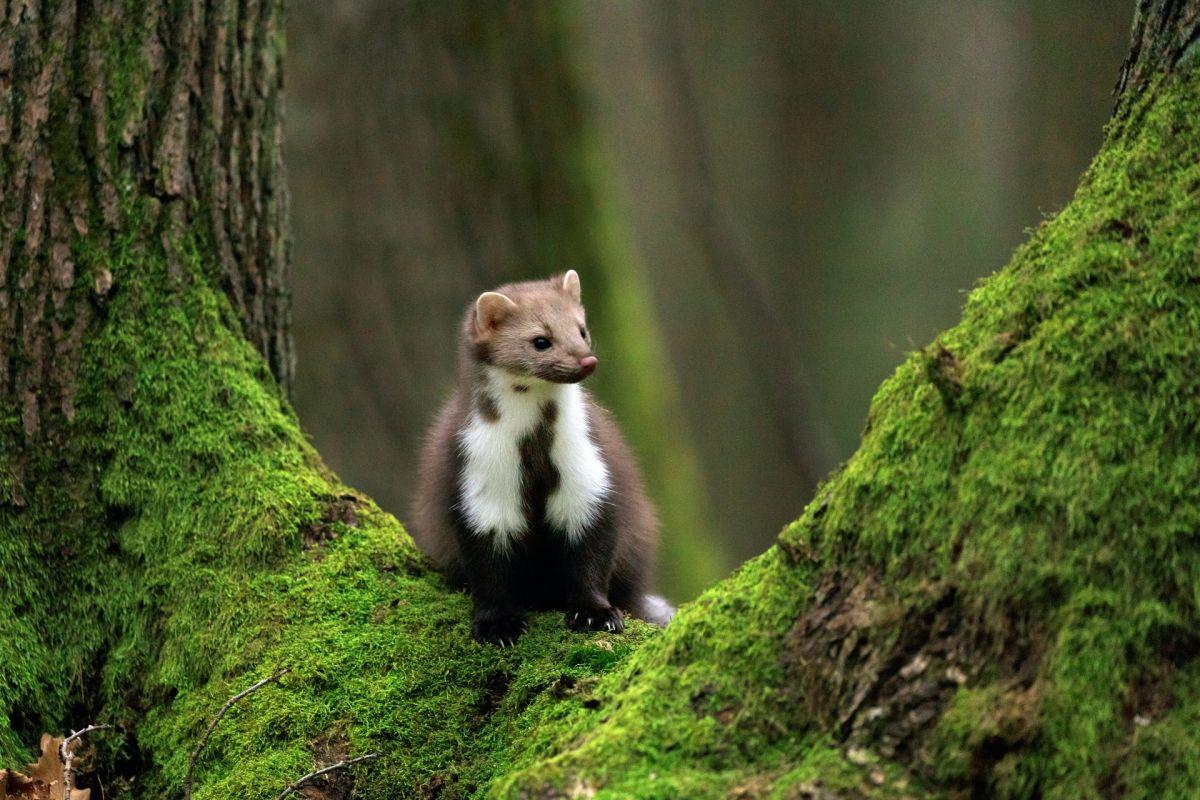
- Name: European pine marten
- Scientific name: Martes martes
- Conservation status:
The European pine marten, also known as the sweet marten, the pine marten, the European marten, or the baum marten, is a species of mustelid native to Europe, the Middle East, and western Asia.
It is the only mustelid with semi-retractable claws, which allows it to lead a more arboreal lifestyle and feed on birds and their eggs, nuts, and seeds. It is particularly territorial and marks its home range by depositing feces.
22. European hedgehog
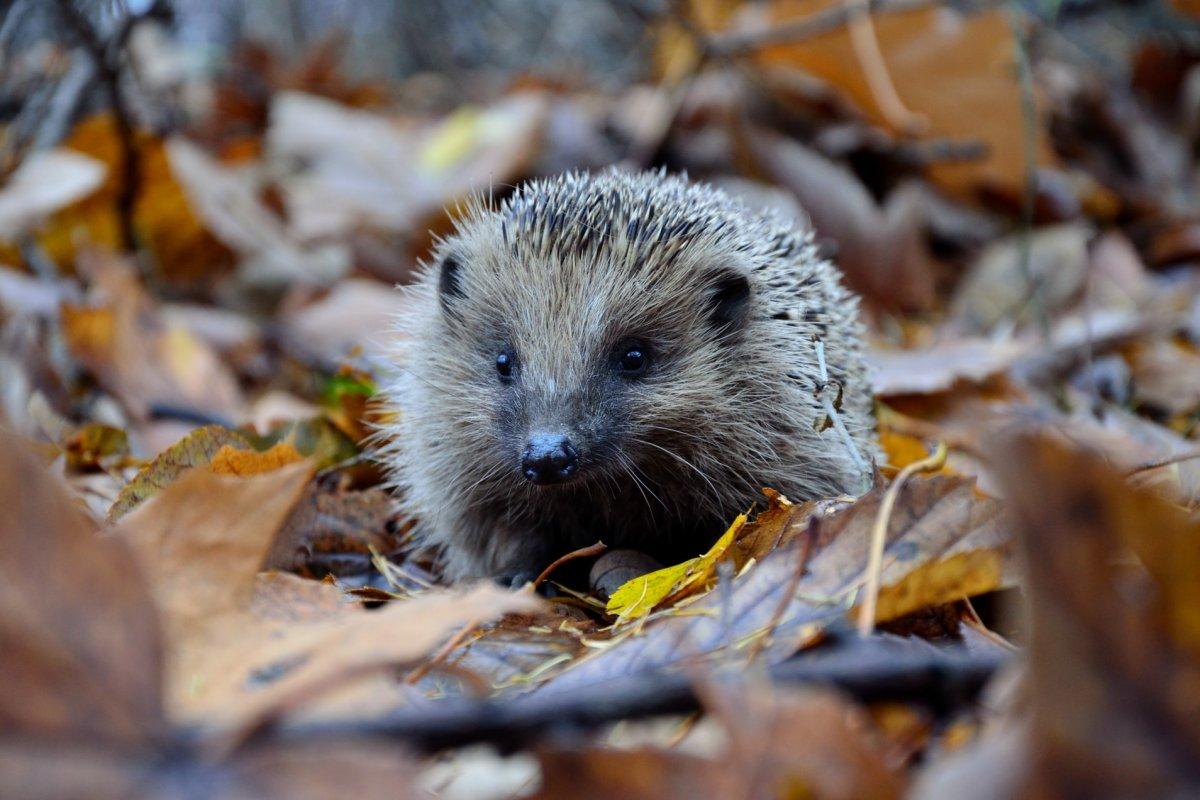
- Name: European hedgehog
- Scientific name: Erinaceus europaeus
- Conservation status:
The European hedgehog, also known as the common hedgehog or the West European hedgehog, is a species of hedgehog native to most of Europe. It is very common within its range, and can often be seen in gardens, where it is usually appreciated due to its inoffensive behavior and tendency to feed on a wide variety of pests.
In some areas such as New Zealand (where it has been introduced), the European hedgehog is considered a serious pest, as it feeds on bird eggs.
23. Muskox
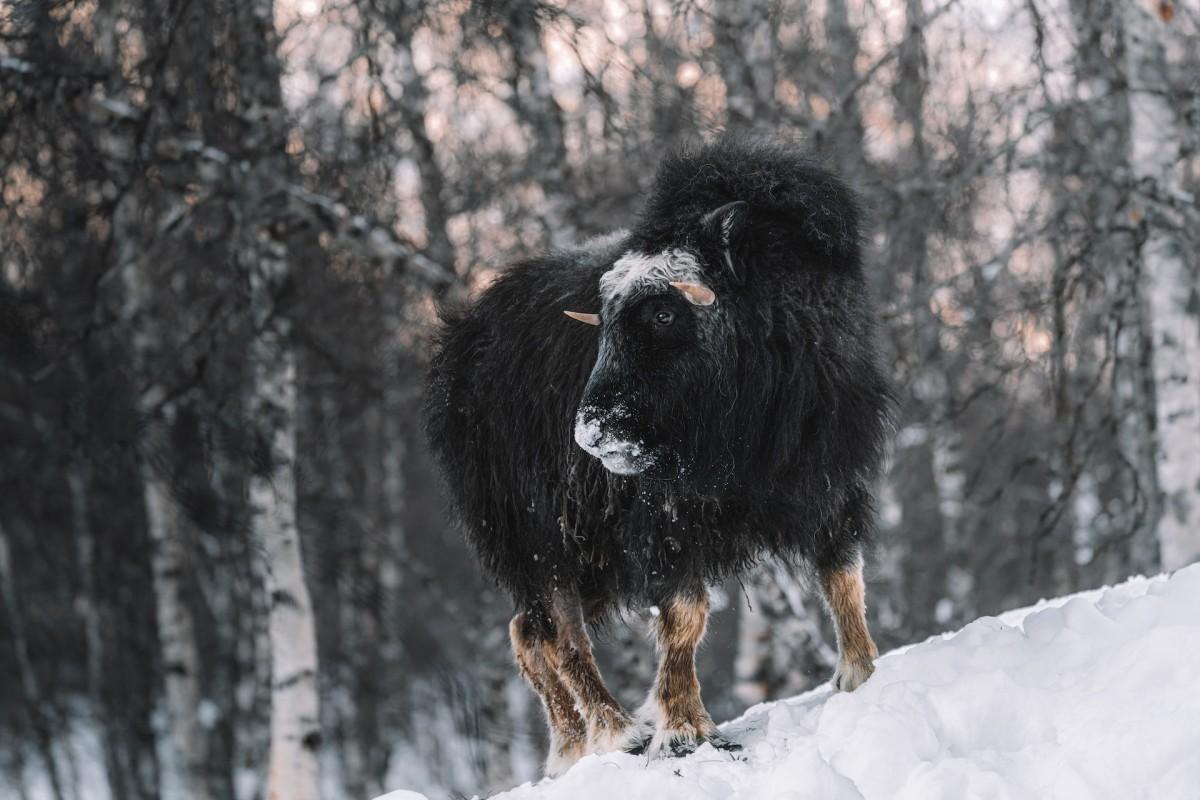
- Name: Muskox
- Scientific name: Ovibos moschatus
- Conservation status:
The muskox, also spelled as musk ox or musk-ox, is a large species of hoofed mammal native to the northernmost areas of the globe. After disappearing from Sweden, it has been re-introduced to the country.
This mammal was named this way due to the strong odor males emit during the rut season. It has a very thick coat, ideal to survive in the most extreme environments of the planet.
24. Red deer
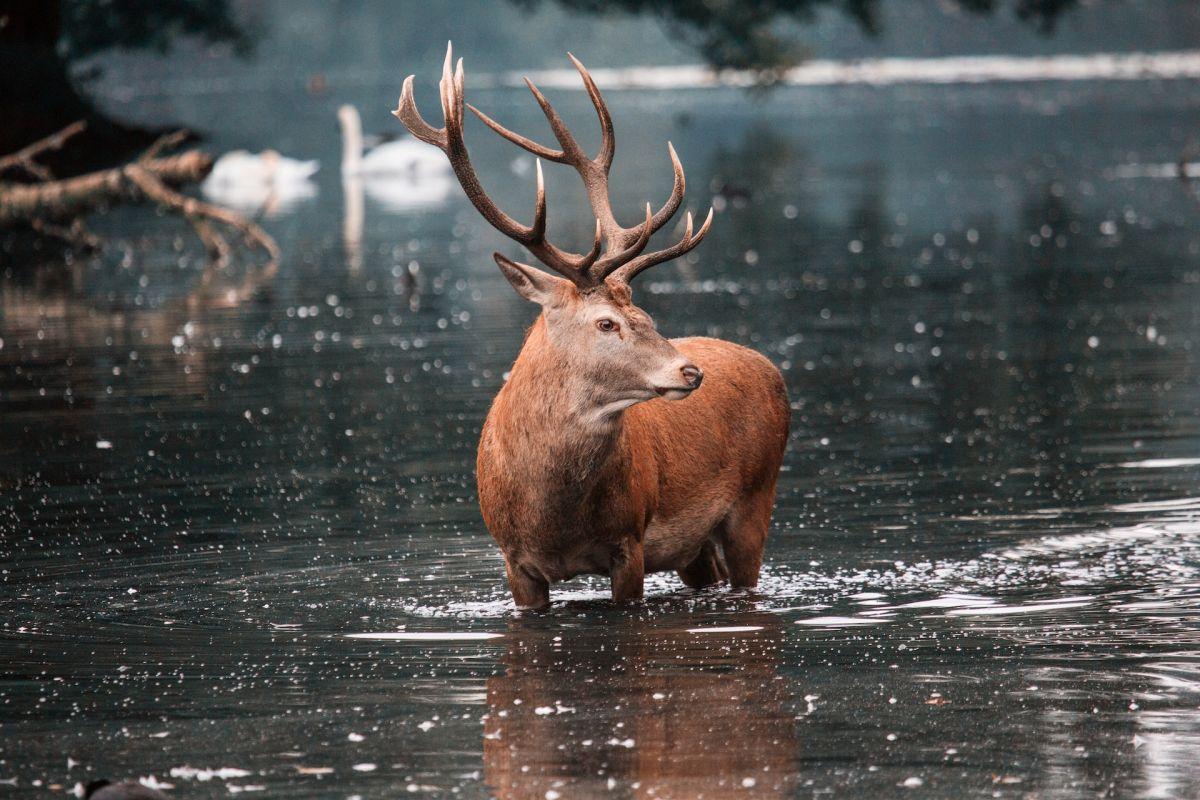
- Name: Red deer
- Scientific name: Cervus elaphus
- Conservation status:
The red deer is one of the largest species of deer in the world, and one of the more common, widespread, and well-known animals throughout Europe. It has been hunted for thousands of years for both its meat, known as venison, and decorative antlers, and is a symbol of nobility and prestige.
After becoming somewhat endangered in some areas of Europe, it was never close to extinction. However, it is on a continuous decline in North America.
25. White-tailed eagle
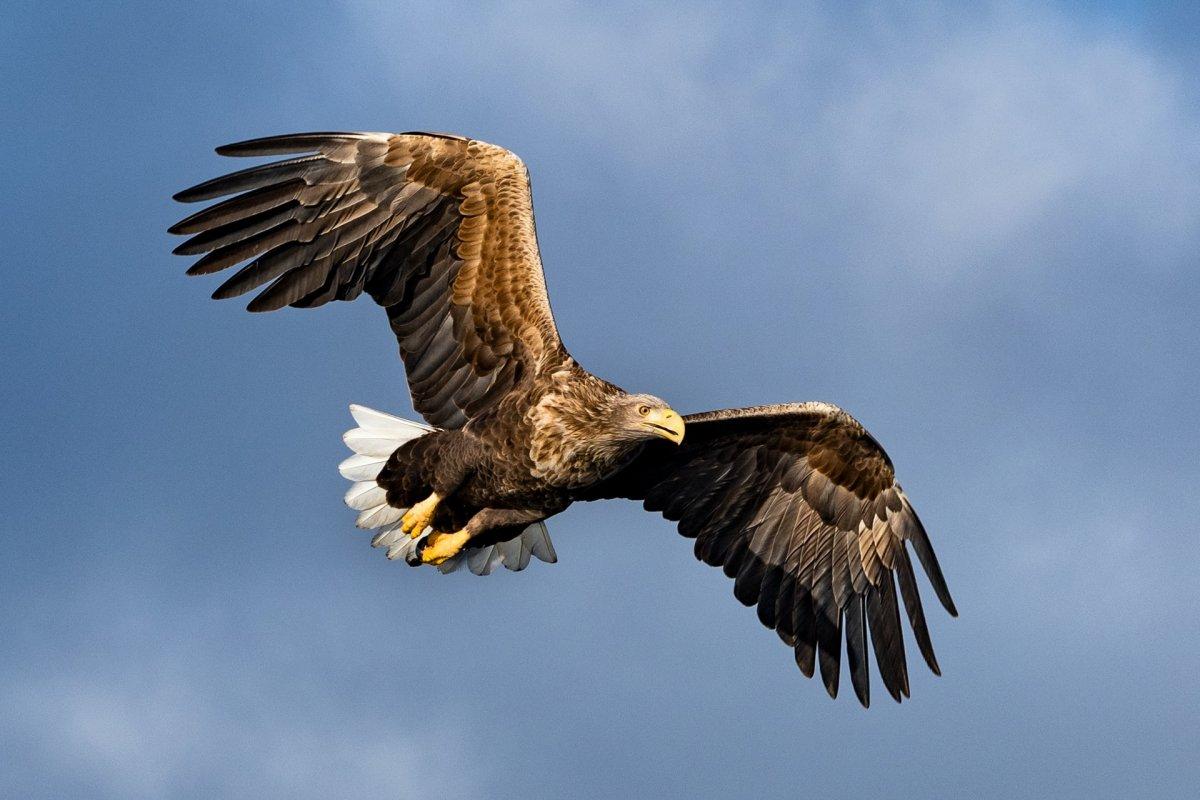
- Name: White-tailed eagle
- Scientific name: Haliaeetus albicilla
- Conservation status:
The white-tailed eagle, also known as the white-tailed sea eagle, the ern, the gray sea eagle, or the Eurasian sea eagle, is a very large species of eagle native to much of temperate Eurasia, and it can be found in southernmost Sweden.
This eagle breeds as far north as Iceland and Greenland and migrates to southeastern and southeastern Asia during the winter. It lives around bodies of water throughout the year.
—
So there you have them, these were my 25 animals that live in Sweden. I hope you enjoyed this list and that you learned something new today.
In case you want to learn more about Sweden wildlife, feel free to keep reading, as I still have lots of things to tell you about:
Endangered Animals of Sweden
This is definitely the saddest part of the list, but it is very important to raise awareness. Because of this, let’s go through the list of endangered animals in Sweden.
Here are the animals in danger of extinction in Sweden.
- None
- Sociable lapwing
- Common blue skate
- Yellow-breasted bunting
- Tope
- Balearic shearwater
- and 4 more…
- Atlantic halibut
- European rabbit
- Angular roughshark
- Steppe eagle
- Basking shark
- and 2 more…
To see the full list of endangered species in Sweden, head over to the International Union for Conservation of Nature’s Red List.
What is the National Animal of Sweden?
The national animal of Sweden is the elk.
Also known as the moose in North America, the elk is the major animal symbol in Sweden. It embodies the wild, and the dignity of nature, and is also a symbol of majesty. It is also a graceful animal with smooth, quiet movement in the woods.
This animal is extremely common in Sweden, and it is hunted a lot, being a popular source of meat in the country.
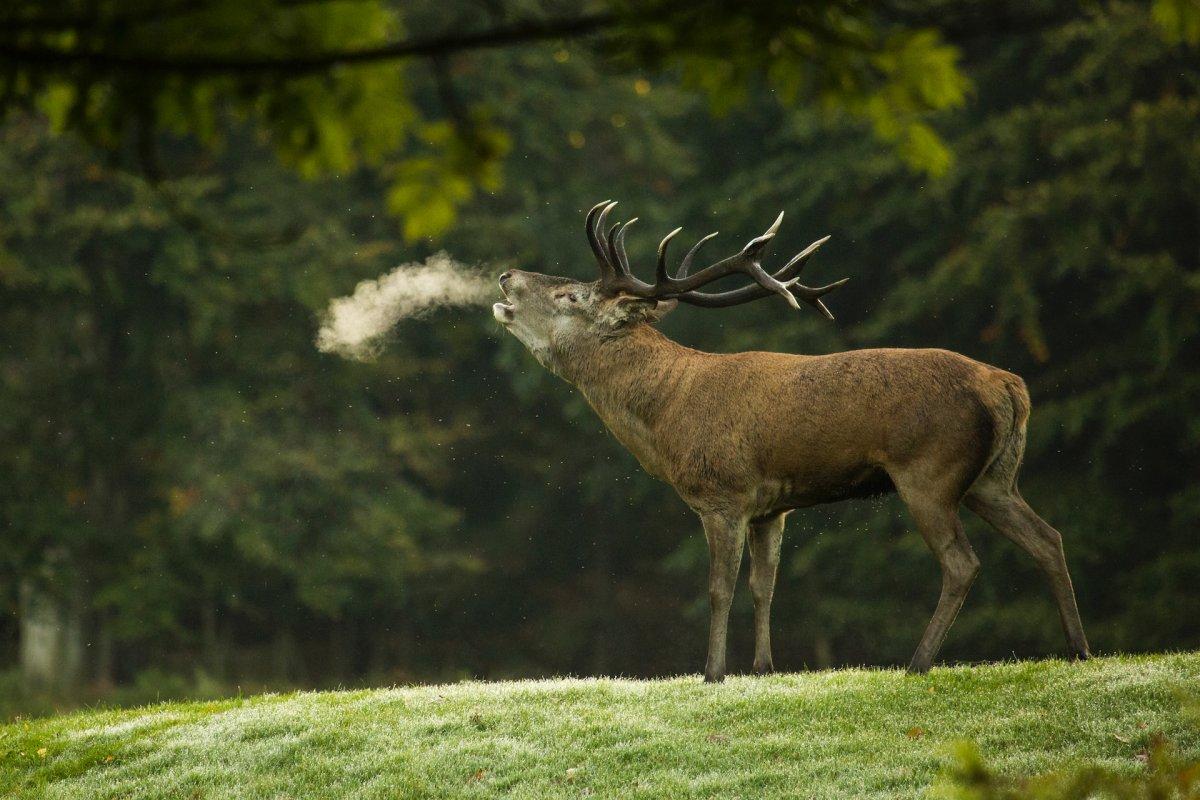
How Many Animals Native to Sweden?
What is the diversity of native animals in Sweden?
Let’s look at the total number of species of Chordata (mammals, birds, fishes, and reptiles).
Total number of animal species in Sweden: 747 (3,149 in total in Europe)
What is the most common animal in Sweden?
Well, sorry to only talk about it, but the elk is also the most common animal in Sweden, on top of being the emblem of the country!
There are about 350,000 elks in Sweden, and they have been extensively hunted for centuries. Despite this, their populations continue to increase across the country.
More About Animals in the World!
Loved these facts about the native Swedish animals? Want to see what animals live in other countries?
Then check out these posts:
Or click here to see ALL the facts up on the blog! Spoiler alert: there’s A LOT of them.
Share the knowledge! Click on the buttons below to share information about these famous animals in Sweden with your friends, and help them learn more about the world 🙂
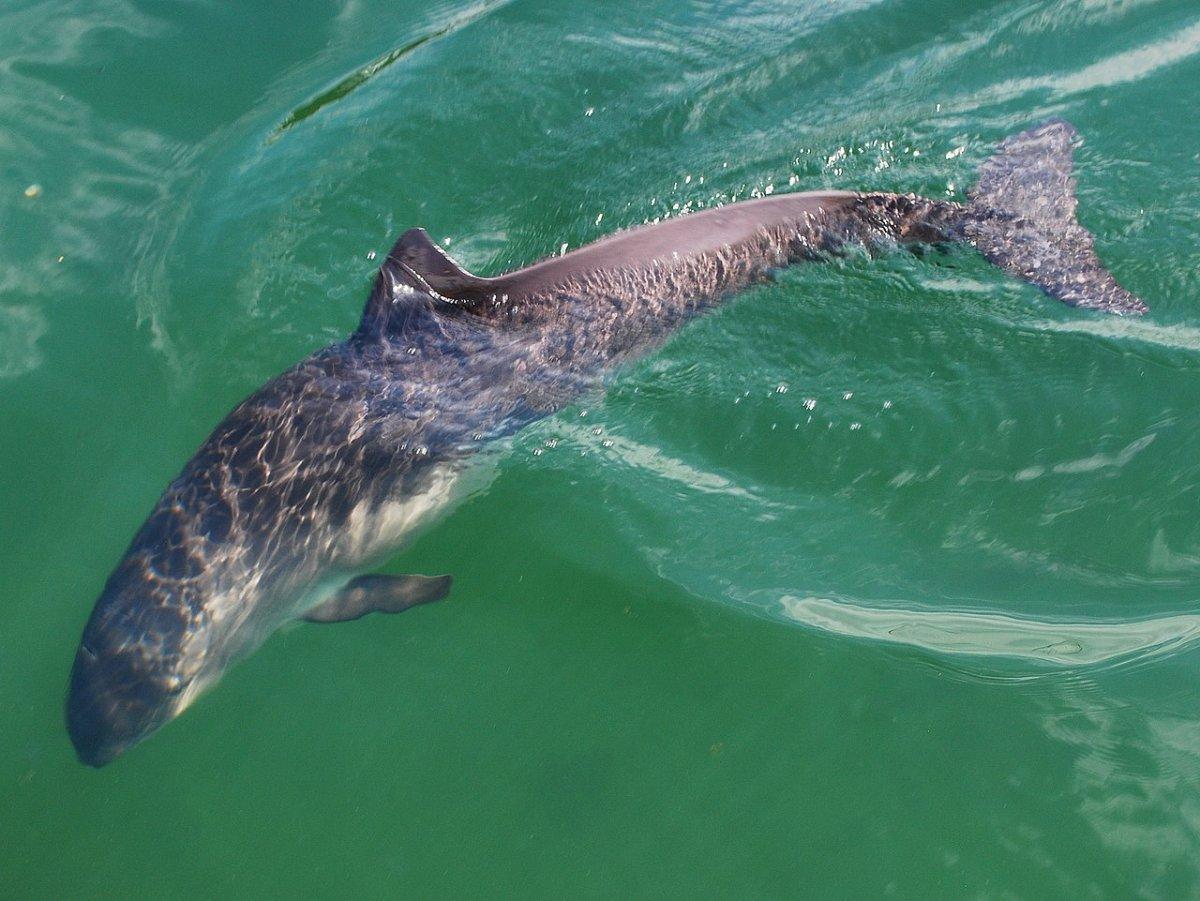

![30 Wild Animals in Arizona [Wildlife in Arizona]](https://www.kevmrc.com/wp-content/uploads/2023/10/30-wild-animals-in-arizona.jpg)
![21 Wild Animals in Hungary [Wildlife in Hungary]](https://www.kevmrc.com/wp-content/uploads/2022/06/21-wild-animals-in-hungary.jpg)
![14 Wild Animals in Zanzibar [Wildlife in Zanzibar]](https://www.kevmrc.com/wp-content/uploads/2022/12/14-wild-animals-in-zanzibar.jpg)